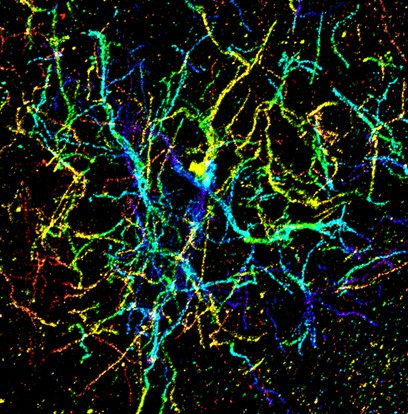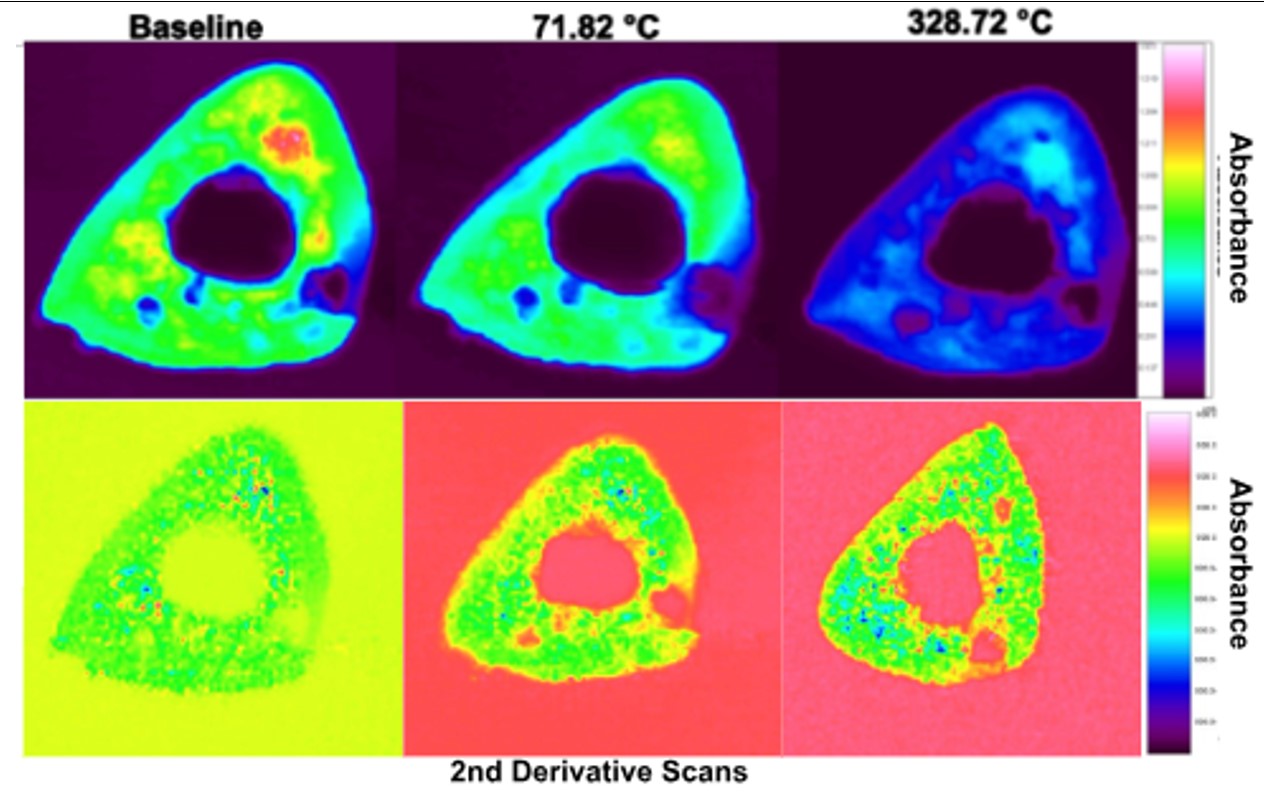Bioengineering Machine Learning Laboratory - Young Kim
 Bioengineering Machine Learning Laboratory’s research includes informed machine learning, hyperspectral machine learning, biosecurity and hardware security, mHealth research, biomedical and natural metamaterials, and a fundamental understanding of light-tissue interactions.
Bioengineering Machine Learning Laboratory’s research includes informed machine learning, hyperspectral machine learning, biosecurity and hardware security, mHealth research, biomedical and natural metamaterials, and a fundamental understanding of light-tissue interactions.


 Huang's lab delves into super-resolution microscopy, enabling researchers to visualize cellular structures and processes at unprecedented detail. This research holds immense potential for understanding diseases at the molecular level and developing targeted therapies.
Huang's lab delves into super-resolution microscopy, enabling researchers to visualize cellular structures and processes at unprecedented detail. This research holds immense potential for understanding diseases at the molecular level and developing targeted therapies.

 The Purdue University Cardiovascular Imaging Research Laboratory (CVIRL) aims to enhance imaging techniques for studying disease progression and improving detection and treatment across various medical conditions, including cardiac, vascular, cancer and diabetes.
The Purdue University Cardiovascular Imaging Research Laboratory (CVIRL) aims to enhance imaging techniques for studying disease progression and improving detection and treatment across various medical conditions, including cardiac, vascular, cancer and diabetes.